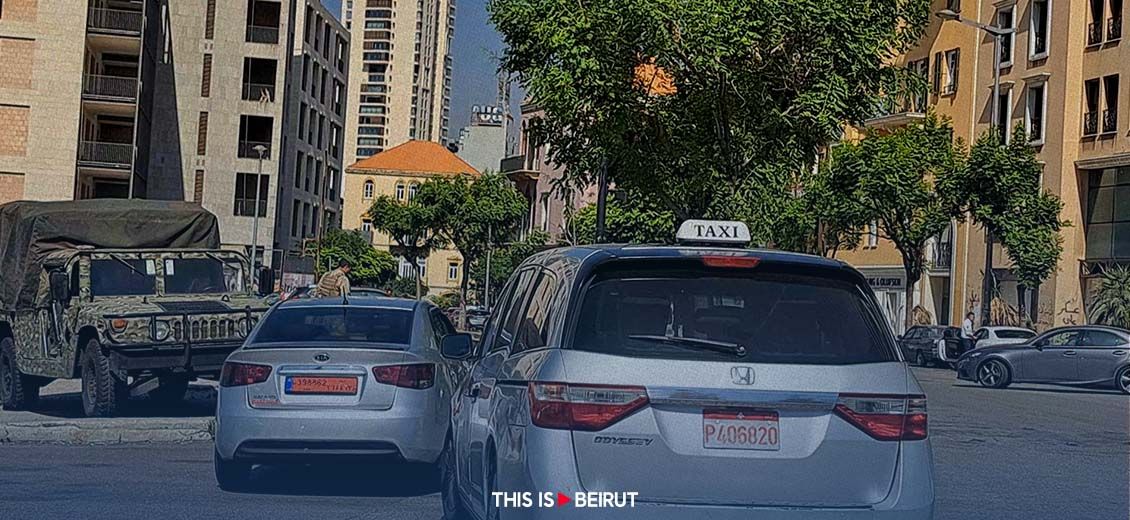
Public transport fares have risen from LBP 150,000 to LBP 200,000, according to the new price scale approved on Thursday by caretaker Minister of Public Works and Transport Ali Hamieh.
Hamieh explained that these fares can now be set, given that the main criteria linked to pricing have stabilized: notably the exchange rate, vehicle maintenance and fuel prices. He was speaking after a meeting with a delegation of public vehicle owners' and drivers' unions, drivers' and transport workers' unions and the head of the Land Transport Unions in Lebanon, Bassam Tlais. During the meeting, the new public transport fare structure was signed and went straight into effect.
The caretaker minister stressed that “the price was coordinated with all the federations and unions in a context of balance sought between the rights of drivers and their livelihoods, on one hand, and the incomes of citizens and residents, on the other.”
Hamieh indicated that the meeting was the culmination of a series of discussions held over the last few months to determine a fairly balanced transport tariff, which concerns more than 34,000 legal public cars throughout Lebanon, as well as around 2,500 large vehicles (full-size buses) and more than 4,000 minibuses.
| Region | Tariffs in LL | |||
| Service | Taxi | Mini-bus | Bus | |
| Inside administrative Beirut, bounded by Corniche al-Mazraa, Barbir, the Museum, the River, Karantina, Downtown, Manara and Raouche | 150 000 | 600 000 | ||
| Within administrative Beirut, to and from administrative Beirut as part of Greater Beirut | 75 000 | 75 000 | ||
| Within administrative Beirut, to and from administrative Beirut as part of Greater Beirut | 150 000 | 600 000 | ||
Hamieh explained that these fares can now be set, given that the main criteria linked to pricing have stabilized: notably the exchange rate, vehicle maintenance and fuel prices. He was speaking after a meeting with a delegation of public vehicle owners' and drivers' unions, drivers' and transport workers' unions and the head of the Land Transport Unions in Lebanon, Bassam Tlais. During the meeting, the new public transport fare structure was signed and went straight into effect.
The caretaker minister stressed that “the price was coordinated with all the federations and unions in a context of balance sought between the rights of drivers and their livelihoods, on one hand, and the incomes of citizens and residents, on the other.”
Hamieh indicated that the meeting was the culmination of a series of discussions held over the last few months to determine a fairly balanced transport tariff, which concerns more than 34,000 legal public cars throughout Lebanon, as well as around 2,500 large vehicles (full-size buses) and more than 4,000 minibuses.
Read more




Comments